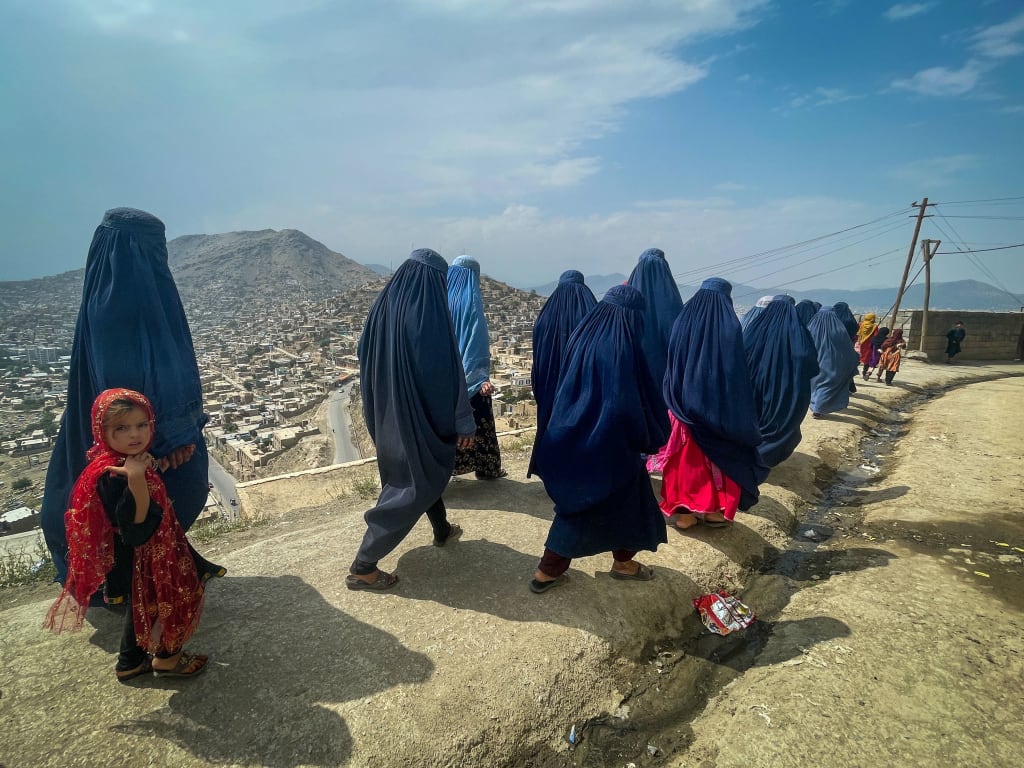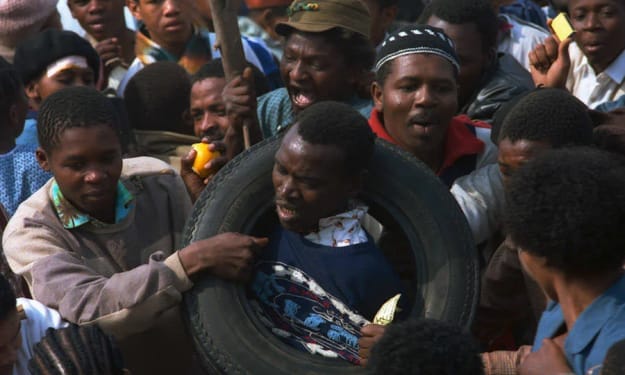"The Tale of the Afghan Afghani:
Unraveling the Complex Economic Landscape Amidst the Taliban Takeover"

In an unexpected turn of events, the Afghan Afghani has emerged as one of the world's best-performing currencies during the third quarter of 2023. Despite being in a world where the American dollar reigns supreme as the global reserve currency, the Afghani managed to gain an impressive 9% against the US dollar, taking the top spot in the list of best-performing currencies.
This feat might seem perplexing at first glance, akin to a scenario where a lesser-known cryptocurrency outperforms Bitcoin for a brief moment. However, the Afghani's rise is more than a mere statistical anomaly. It sheds light on the complex economic situation in Afghanistan, the consequences of the Taliban's control, and the challenges the nation faces in the post-US withdrawal era.
To understand the Afghani's surge, we must delve into the economic policies implemented by the Taliban. Shortly after regaining power in 2021, the Taliban introduced strict currency controls, prohibiting the use of the US dollar and Pakistani rupee, both of which had flooded Afghanistan. These measures aimed to restore the value of the local currency, the Afghani, which had been marginalized. Online trading in foreign currencies was also banned, affecting various online marketplaces, further reinforcing the importance of the Afghani within the country.
The Taliban's efforts to strengthen the Afghani come with significant side effects. Most notably, Afghanistan is grappling with deflation, with an annual decrease in prices reaching 9% since the Taliban's takeover. While deflation may sound appealing due to lower prices for consumers, rapid deflation can have severe repercussions. It can discourage spending, as consumers anticipate even lower prices in the future. Moreover, it can lead to economic instability, affecting businesses, employment, and investment.
The abrupt withdrawal of foreign aid has significantly contributed to the economic challenges in Afghanistan. Before the Taliban takeover, a substantial portion of Afghanistan's GDP relied on foreign aid, and much of the public spending was financed through international assistance. However, the freezing of Afghan assets and the cessation of foreign aid following the takeover left the country in a precarious economic position.
The international community, including the United States and the European Union, froze Afghan assets, fearing that the Taliban might misuse the funds for their benefit. While humanitarian aid continued to flow into the country, funding for development projects and investments in businesses was put on hold. The nation's infrastructure development, including schools, hospitals, and police stations, was severely impacted.
The dependency of the Taliban-led government on Western aid became evident, as without it, Afghanistan's economy would be on the brink of collapse. However, the international community conditioned the resumption of aid on the Taliban's adherence to promises regarding the protection of women's rights and the well-being of ethnic and religious minorities. Regrettably, the Taliban's actions have not aligned with these commitments, as they imposed severe restrictions on women, barred them from education, and curtailed their employment opportunities.
In addition to these restrictions, the Taliban initiated a campaign of revenge killings, targeting individuals who had collaborated with US forces or the US-backed government. This violence has sown fear and instability in the country.
The Taliban's restrictive approach extends to freedom of speech and media. Numerous media outlets were closed, and journalists faced threats, violence, and intimidation. The dissemination of international news was banned, and strict censorship measures were put in place.
Despite the economic and humanitarian challenges in Afghanistan, the international community remains cautious about resuming full-scale financial support due to concerns over the Taliban's actions and commitment to human rights.
The Afghani's ascent as a strong currency amidst these turbulent times is a complex phenomenon, influenced by a combination of factors, including the Taliban's economic policies and the country's deep-rooted dependence on foreign aid. The situation underscores the challenges Afghanistan faces and the delicate balance that must be struck between economic stability and adherence to international expectations of good governance and human rights.
As Afghanistan navigates this treacherous path, the world watches with a mix of concern and hope, aware that the Afghani's recent rise is just one facet of the intricate tapestry that is the nation's economic and political landscape
About the Creator
Cassy
your favourite story teller
Enjoyed the story? Support the Creator.
Subscribe for free to receive all their stories in your feed. You could also pledge your support or give them a one-off tip, letting them know you appreciate their work.





Comments
There are no comments for this story
Be the first to respond and start the conversation.